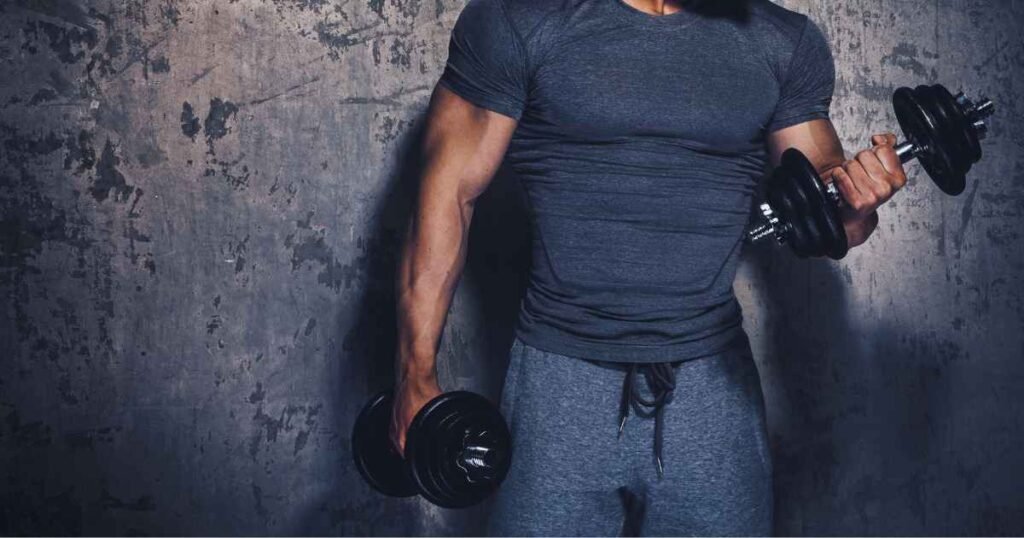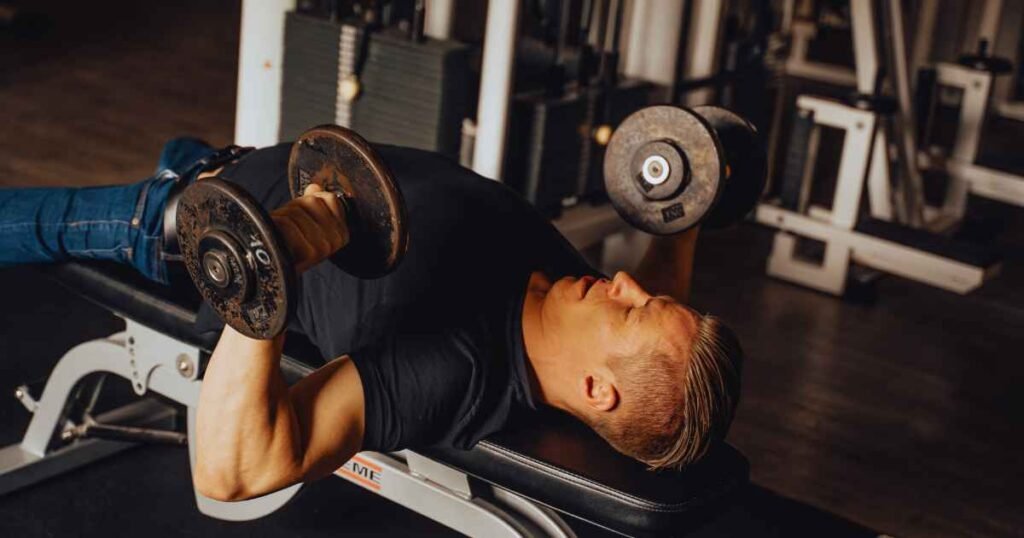Which Lat Pulldown Attachment is Best?

A strong back not only contributes to excellent looks, but it also helps with stability in the core, posture, and pulling power in general. In other words, strengthening your back is beneficial. The latissimus dorsi muscles, which are the major targets of lat pulldowns, are the muscles that are responsible for the desired V-shape. Lat pulldowns are a vital exercise for developing a powerful and toned back.
On the other hand, were you aware that lat pulldown attachments offer a potential range of options that have not yet been explored? In order to provide you the opportunity to exercise your back in novel and interesting ways, these add-ons transform the standard straight bar into something truly remarkable.
I will show you how to select the appropriate attachment for the task at hand, regardless of whether your goal is to isolate your lower lats or to enhance the thickness of your back as a whole. You now have access to an entirely new level of development, so get ready to transform your back into the V-shape you’ve always desired!
Benefits of the Straight Bar
1. If you want to build your back stronger, try using a straight bar with a wider grip instead of a tight one. This will let you stretch and compress your lats to their maximum potential.
2. The straight bar prevents your wrists from becoming overly flexed and overly engaged in the movement of your biceps, in contrast to curved bars. By doing so, you can strengthen the link between your mind and muscles by isolating and training just your lats.
3. You may safely lift bigger weights on the straight bar because of its sturdy construction. Developing your raw lat strength in this way is essential if you want to get better at pulling exercises like rows and pull-ups.
4. There are a lot of variations on the straight bar grip, but the wide grip is typical. For a more complete back exercise, try using a grip that is wider than your shoulder to focus on the muscles in the middle of your back as well as your lats.
Benefits of the Wide Grip
1. Pulling down on the bar with a broad grip (hands wider than shoulder-width apart) can lengthen your lats even further. Your wider, more V-shaped back is a result of this enhanced range of motion, which highlights the outer part of your lats.
2. With a broader grip, your lats have to work harder than with a snug grip because your biceps aren’t under as much strain. If you have trouble feeling the contraction of your lats during lat pulldowns, you may find that this isolation helps.
3. Better posture is a result of stronger lats, which draw the shoulders back and down. Because proper posture relies on strong upper and outer lats, the wide grip variation can increase this advantage even further.
Benefits of the Close Grip
1. The lats’ thickness is brought to light in a close-grip lat pulldown, as opposed to a wide-grip one. You may sculpt a stronger, more defined back by focusing on the inside part of your lats when you draw your hands closer together.
2. A little deeper draw is possible with a close grasp as opposed to a wider one. At the base of the exercise, your lats will contract more strongly because to this deeper stretch, which will increase your muscle engagement and growth potential.
3. Pulling exercises, let’s face it, involve your biceps to some extent. With a close grip, your biceps may work more effectively to support your lats, which could lead to a little increase in your lifting capacity. Strength training your upper body in general can benefit from this.
4. With the close grip lat pulldown, you may keep your body more erect than with bent-over rows. If you’re prone to lower back pain or just want to keep your spine as healthy as possible, this may help.
5. For beginners, a narrow grip may feel more instinctive and natural than a wider one. As a first step toward mastering other varieties, this might help you hone your pulling mechanics.
Benefits of the V-Shaped Bar
1. The V-shape encourages a more natural arm stance than the conventional straight bar by forcing your hands into a neutral grasp. With this little adjustment, your lower lats will be the star of the show while your biceps and shoulders get a break. A more distinct “V-taper” in the back can be achieved by isolating these muscles with the V-shaped bar.
2. The V-shaped bar’s unconventional hand placement promotes a more robust mind-muscle connection with your lower lats. Because of this, you can improve your control and efficiency by concentrating on the sensation of the targeted muscles contracting throughout the exercise.
3. The V-shape permits a somewhat deeper draw than a straight bar. Your lower lats will be stretched and contracted to their maximum potential with each repetition because to this increased range of motion.
4. Consider the V-shaped bar a lifesaver if you suffer from shoulder impingement; it provides a neutral grip. With less strain on your shoulders, you can strengthen your back without making any preexisting pain worse.
Benefits of the Rope Attachment?
1. With a rope grip, you can switch up your usual wide or straight bar grip for a neutral one, where your palms meet. If you’re looking for a pulled motion that’s easier on your wrists and elbows or have joint constraints, this natural hand position is a fantastic option.
2. Pulling with a neutral grip on the rope keeps your arms close to your body. The biomechanics of this exercise make it easier to focus on the lats (latissimus dorsi), the big back muscles that produce pulling motions.
3. The neutral hold of the rope appears to promote a pulling motion that highlights the lower part of your lats. The rope pulldown is a great tool for getting that elusive “V-shape” that many gym rats aim for, especially in this area, which can be somewhat resistant to development.
4. Rope attachments necessitate more core stabilization during the action because of their less-defined grips. A stronger core is good for your back, your posture, and your stability in general.
5. To spice up your lat workout, try using the rope for one-arm rope pulldowns or alternating rope pulldowns, two of the many pulling variants you can do with it. Because of its adaptability, you can keep building strength with the regular lat pulldown exercise.
The lat pulldown attachment that is considered to be “best” is subjective and is dependent on the individual. This is advise that is more goal-oriented! There are a number of attachments that concentrate on various aspects of your back growth, and I have provided you with the knowledge that you require regarding these attachments.
In order to find out what works best for you, it is important to keep in mind that you will need to experiment with a few various things. Changing things up and including a variety of attachments into your routine is perfectly acceptable if you want to ensure that you are training every part of your lats.
Instead of concentrating on lifting heavy weights, make sure to pay attention to the correct form. Have fun pulling!


